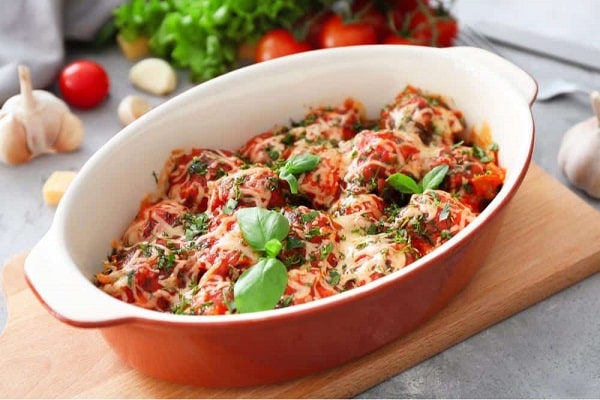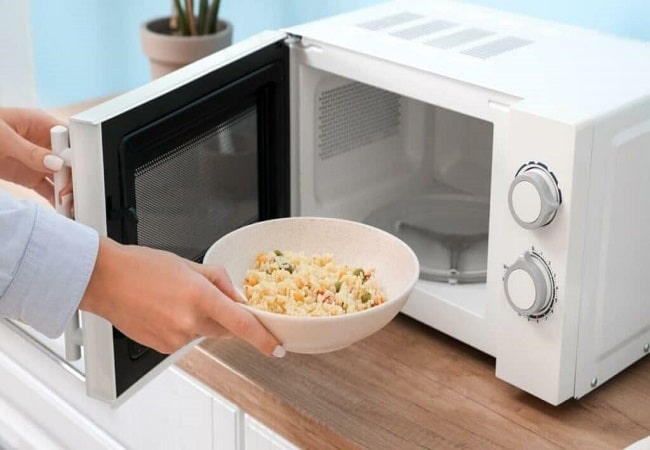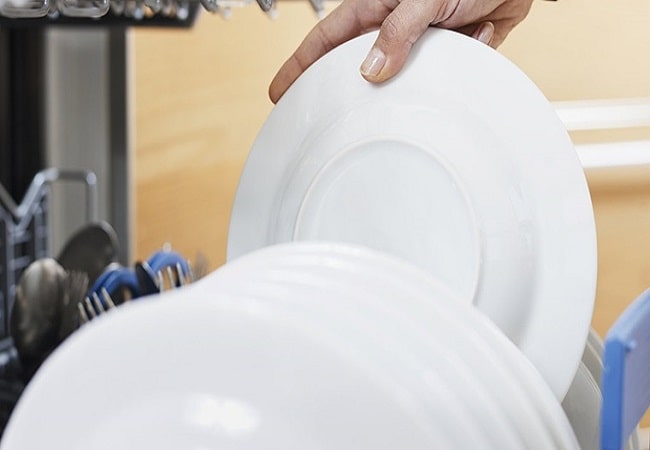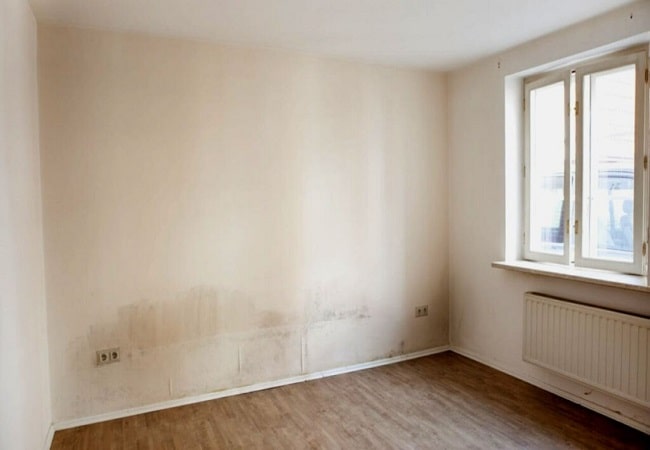Ceramics are a popular material for both cooking and baking. It is non-toxic and durable, making it a safe choice for the kitchen. But can you put ceramic in the oven? The short answer is yes, you can put ceramic in the oven, but there are a few things to keep in mind.
In this blog post, I will discuss the best way to put ceramic in the oven and how to care for it after cooking.
Contents
- 1 Can you put ceramic in the oven?
- 2 Can all types of ceramic be used in the oven?
- 3 What are some things to consider before using ceramic in the oven?
- 4 How do you use ceramic in the oven?
- 5 Why is it good to use ceramic in an oven?
- 6 What are the dangers of putting ceramics in the oven?
- 7 Frequently Asked Questions
- 8 Conclusion
Can you put ceramic in the oven?

Ceramics is a type of material that is often used in cookware, bakeware, and even some types of flooring. It is a durable material resistant to high temperatures, which is why it is often used in the oven. However, there are a few things to remember when using ceramic in the oven.
Can all types of ceramic be used in the oven?

No, you can use all types of ceramic in the oven. The most common ceramic type used in the oven is called earthenware. Earthenware is a type of ceramic that is made from natural materials like clay and sand.
It is fired at a low temperature, which makes it strong and durable. You can use earthenware in the oven, microwave, and dishwasher. Other types of ceramic, like porcelain and stoneware, are fired at a higher temperature and are not as durable. You can only use them in the oven or microwave.
What are some things to consider before using ceramic in the oven?

When it comes to using ceramic in the oven, there are a few things you should keep in mind.
- First, always make sure that the ceramic is oven-safe before using it. Oven-safe ceramics will have a label or marking that indicates such.
- Another thing to consider is the size and shape of the ceramic. Smaller pieces may be more susceptible to breaking or cracking when heated, so use caution. Similarly, suppose the ceramic is particularly thick or bulky. In that case, it may take longer to heat through and could end up causing your food to overcook.
- Finally, always place ceramic dishes on an oven-safe surface while cooking. This will help protect your oven from any potential damage caused by spills or drips.
How do you use ceramic in the oven?
Here are some tips on how to use ceramic in the oven:
- Make sure that the item you are cooking is safe to cook in a ceramic pot. Not all foods are compatible with this material.
- Preheat the oven before adding the ceramic dish. This will help ensure that your food cooks evenly.
- Place the dish in the center of the oven rack. This will help ensure that it cooks evenly and doesn’t burn or become overcooked on one side.
- Do not place anything else on top of the dish, as this may cause it to become unevenly cooked or even burned.
Why is it good to use ceramic in an oven?
Here are some of the benefits of using ceramic in an oven:
- Ceramic is non-stick, so baked goods will not stick to the surface and will be easy to remove.
- Ceramic retains heat well so that food will stay warm for a longer time.
- Ceramics are a natural insulator, so they help keep the heat in the oven more evenly distributed. This makes the food cook more evenly and completely.
- Ceramics are durable and can withstand high temperatures without breaking or warping.
- You can use ceramics to create a wide range of finishes, from glossy to matte, giving your oven a unique look.
What are the dangers of putting ceramics in the oven?
When using ceramic in the oven, there are a few risks to be aware of.
- Food cooked on a ceramic surface that is not meant for cooking may absorb toxins from the surface.
- Suppose a ceramic dish is not properly cured before being used in the oven. In that case, it may release toxins into the food.
Frequently Asked Questions
At what temperature does ceramic crack?
When it comes to ceramic, there is a temperature at which it will crack. This is usually around 1800 degrees Fahrenheit. However, this can vary depending on the type of ceramic used.
Some ceramics can withstand temperatures up to 2000 degrees Fahrenheit without cracking. Knowing the maximum temperature your ceramic can withstand is important before using it in an oven or other high-heat application.
What is the melting point of ceramic?
The melting point of ceramic is extremely high, making it a valuable material for many industrial applications. The melting point of ceramic is approximately 3,000 degrees Fahrenheit, making it resistant to heat and corrosion. Ceramics are also non-conductive, making them ideal for electrical applications.
Can you put ceramics in the dishwasher?
The answer is yes. You can put ceramics in the dishwasher as long as they are labeled as dishwasher safe. If it is not labeled dishwasher safe, then it is best to hand wash it. Some ceramics may have a glaze that could come off in the dishwasher and end up in your food.
Can ceramic catch fire?
The short answer to this question is yes. Ceramics can catch fire. However, a few factors determine whether or not a ceramic will ignite. The nature of the material, the thickness, and the firing process all play a role in whether or not a ceramic will burn.
Conclusion
In conclusion, you can place ceramics in the oven. Still, you have to follow the manufacturer’s guidelines to avoid damage. You must be cautious when handling ceramic ovenware, as it can get hot.





Leave a Reply